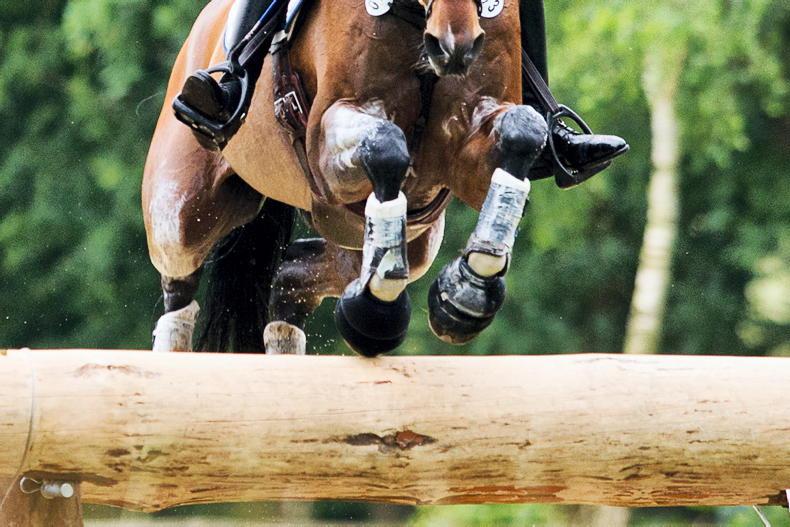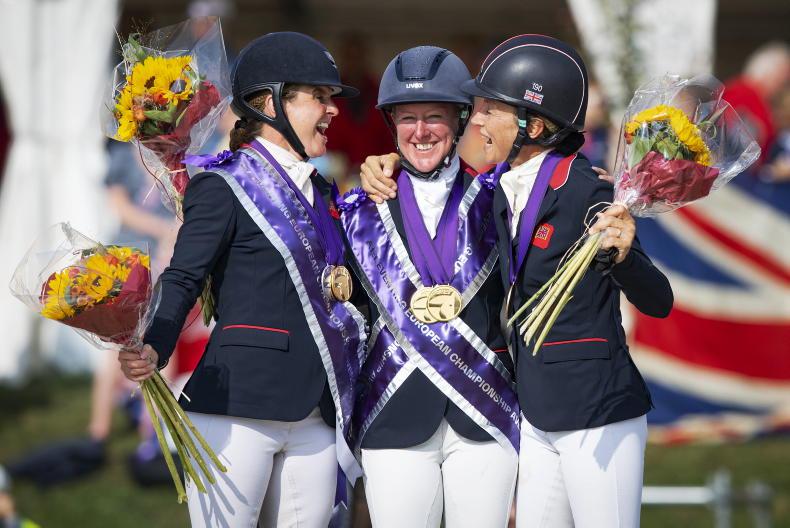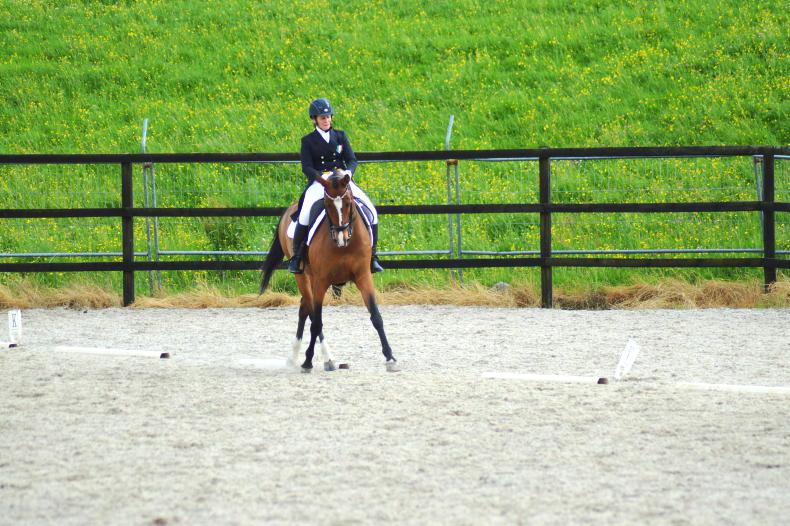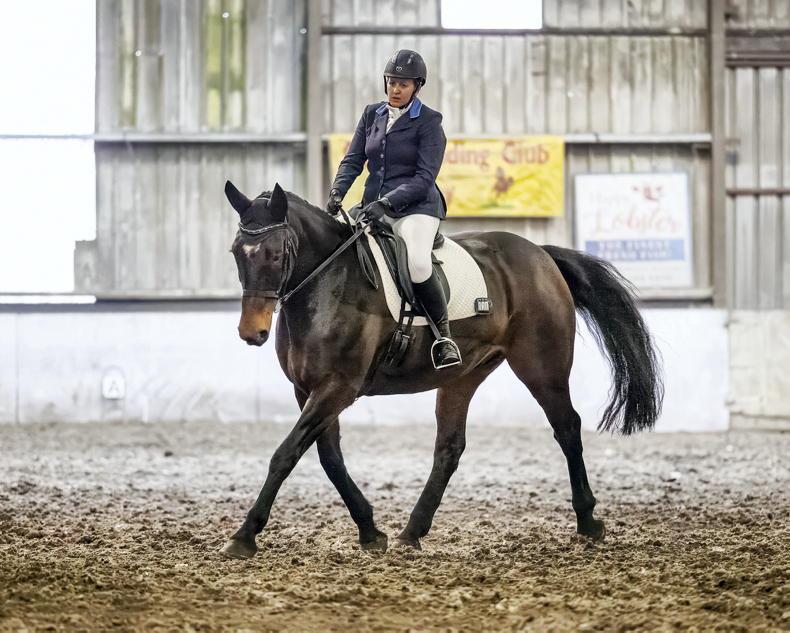IPHONE photo memories - the app that keeps on giving and inspiring stories. Just recently, up popped a photo of the horse statue at the Avenches National Equestrian Institute with a Santa hat perched jauntily on its head.
That festive sight was part of a tour organised by the Swiss hosts of the World Breeding Federation for Sport Horses annual meeting six years ago, held also to coincide with CHI Geneva, consistently voted the top international show in the world.


 This is a subscriber-only article
This is a subscriber-only article
 It looks like you're browsing in private mode
It looks like you're browsing in private mode












SHARING OPTIONS: